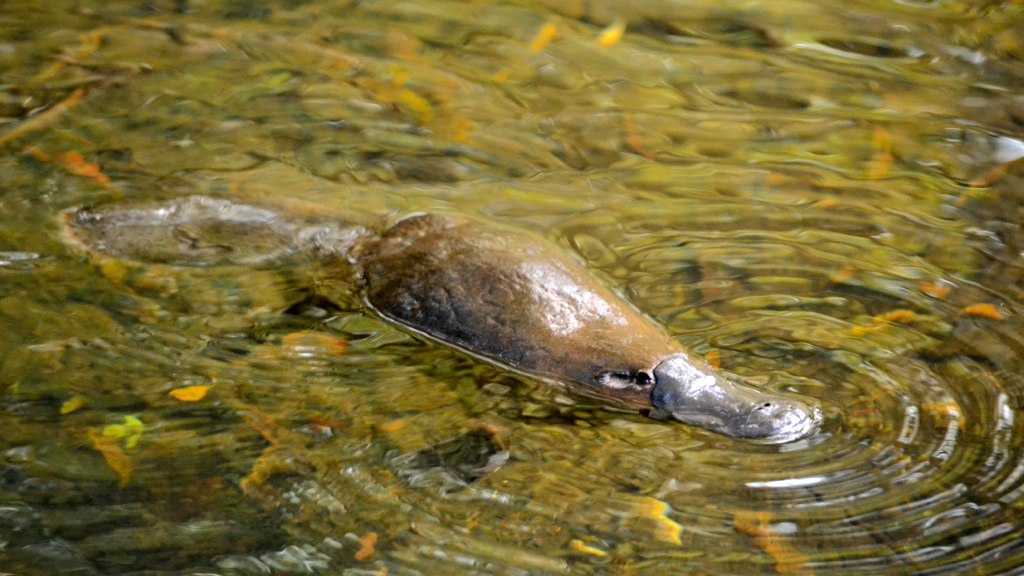Venom
Venom is a toxic substance produced by various animals.
When it comes to its chemical composition, venom is less like a shot of gin and more like a complicated cocktail made with dozens of ingredients and topped with a cherry, a swizzle stick and a fancy umbrella.
That’s because venom isn’t made up of one single type of toxin. It’s a combination of many different types, each with a unique role to play in making sure the venom is as effective as possible. The venom of the infamous funnel web spider, for instance, contains at least 40 different toxic proteins. Platypus venom (yes, it’s a thing) has at least 25 chemical components, including a protein that lowers blood pressure, causing shock; digestive enzymes that dissolve body tissue, helping the venom to spread; and a compound that acts on the nerve cells that register pain. The venom is delivered by males via a pair of spurs on their hind limbs.
As the example of the platypus shows, each toxin has a specific effect in the body of the victim. Some cause the nervous system to shut down or, conversely, to go into overdrive. Some eat away at muscle tissue. Some snake venom toxins cause the blood to clot, and others destroy the ability of the blood to clot. Some cause tremendous pain. Each toxin may not necessarily be deadly in itself; it’s the combination of various toxins that makes venom so effective and deadly.
The chemical composition of venom varies between species, but it can also vary within species based on the age or sex of the animal, its geographic range, and its diet. Male Sydney funnel web spiders, for instance, have a unique component in their venom that affects the nervous systems of humans and our primate relations (although the bite has little effect on dogs and cats). This component isn’t present in large amounts in the venom of female Sydney funnel web spiders.
The reasoning behind this evolutionary quirk is unknown. One hypothesis put forward is that because mature males tend to wander from their nests in search of a mate, they are more likely to come into contact with a wider range of predators. Their venom may have evolved with this additional component as added protection.
But the truth is, scientists are still trying to understand why male funnel webs are so much more toxic to primates than females.






